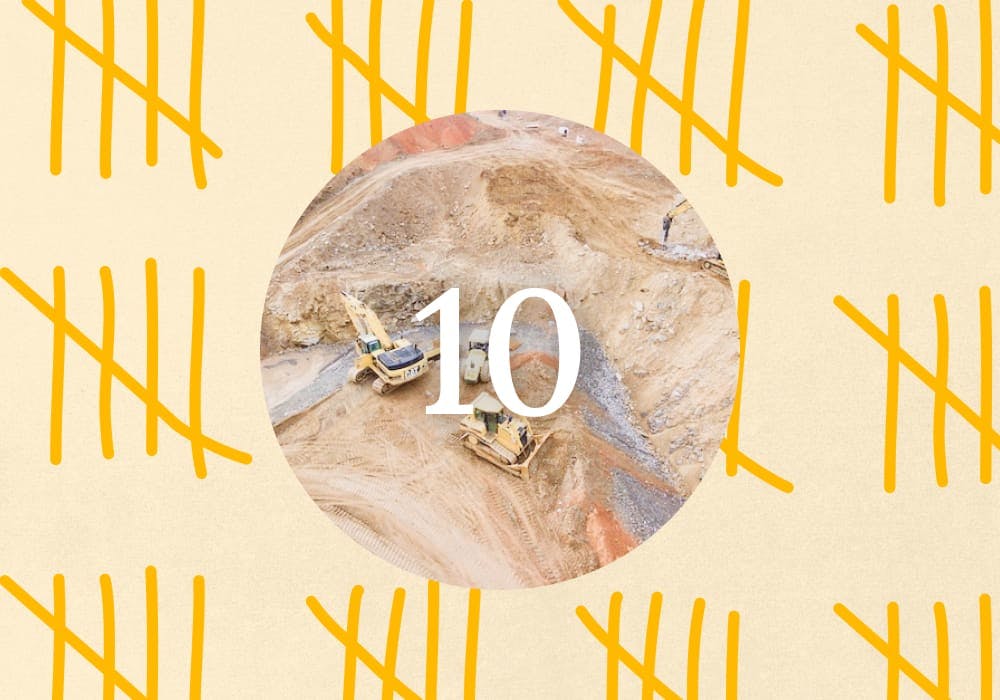Nine Insights That Drive Growth in Competitive Markets

Working with organizations across industries has given me a front-row seat to the challenges—and opportunities—that shape growth.
While the specifics of each sector are different, many of the underlying patterns are the same.
Here are nine insights I’ve seen hold true for companies that consistently succeed in complex, competitive environments.
1. When all things are equal, the most memorable brand wins
In crowded markets, products and services often look remarkably similar. Pricing, features, and delivery can be nearly identical. In those situations, the brand that’s easiest to remember and most clearly positioned has the edge.
That’s why strong brand strategy isn’t cosmetic—it’s a growth driver.
2. Brand strategy can influence valuation in M&A
In merger and acquisition scenarios, buyers want more than operational efficiency and financial performance—they want a cohesive brand story.
I’ve seen ownership groups invest in brand strategy specifically to unify messaging and restructure brand hierarchies before sale. A well-positioned, clearly defined brand can increase both marketability and perceived value.
3. Minimum standards aren’t differentiators
Quality, safety, integrity aren’t optional. They’re the baseline cost of doing business. Meeting them is essential, but they rarely set you apart.
Real differentiation comes from attributes competitors can’t easily match or replicate.
4. Visibility is critical to growth
Referrals and long-standing relationships are valuable, but they tend to sustain your current level of business rather than accelerate it.
New growth requires visibility beyond your existing network.
That means marketing strategically—clarifying your positioning, targeting the right audiences, and showing up consistently in the right channels.
5. Specialization narrows competition and increases value
Specialization—whether by audience, service, or problem solved—can reduce competition, increase perceived value, and justify premium pricing.
It’s not about limiting opportunity; it’s about focusing where you can deliver the greatest impact and differentiation.
6. Technology adoption (including AI) is no longer optional
Technology has transformed nearly every business function—sales, operations, workforce development, risk management, and more.
Companies that adopt the right tools improve efficiency, uncover new opportunities, and sometimes create entirely new revenue streams.
But technology can level the playing field as much as it can set you apart.
The real advantage comes from assembling a tech stack that’s integrated with your core competencies, creating a model competitors can’t easily replicate.
7. Competition is no longer bound by geography
The internet erased many traditional geographic boundaries, creating both new threats and new opportunities.
Sophisticated organizations compete on process, efficiency, and brand—not proximity.
Strong brand equity and a clear value proposition help you win business even when new competitors appear in your space.
8. Leadership transitions are changing the playbook
As leadership shifts from Boomers to Gen X—and as Millennials become a larger share of buyers—the expectations for marketing and communication have changed.
Digital-first habits are now the norm, but that doesn’t mean abandoning in-person experiences.
The most effective companies integrate the best of both worlds, bridging online and offline touchpoints seamlessly.
9. Human-centered design is a competitive advantage
Human-centered design—creating solutions around the needs and behaviors of the people who will use them—has moved from niche concept to mainstream practice.
Whether it’s designing a product, a service process, a workspace, or an employee program, I’ve seen that organizations starting with empathy and iterating based on feedback build solutions that resonate, retain, and perform better.
The takeaway:
Markets change. Competitors come and go. But the principles of brand strength, strategic focus, and adaptability remain constant.
Companies that embrace these nine insights—and adapt them to their own context—are the ones best positioned to grow in any market.


